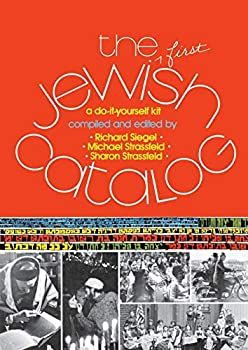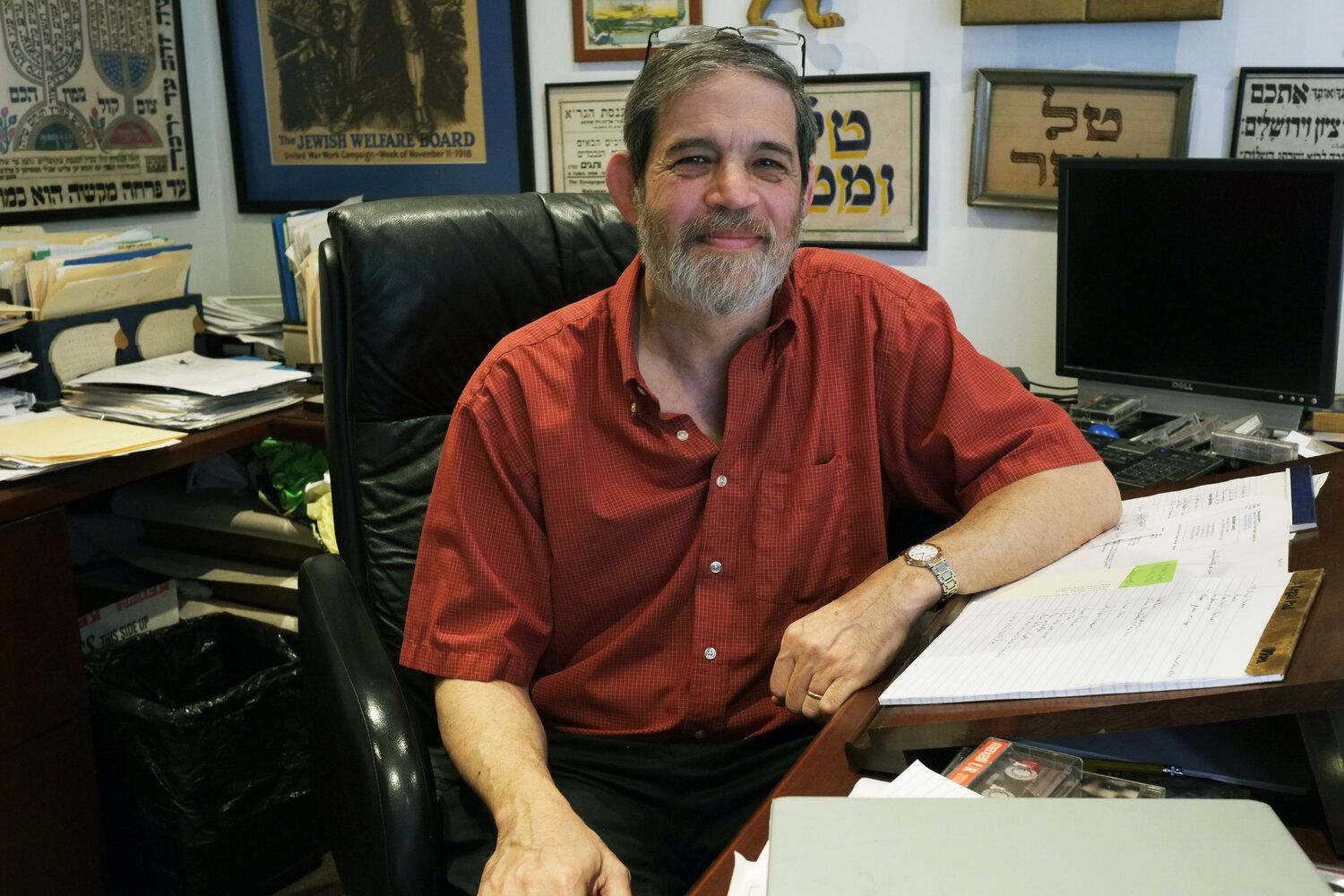Shabbat Gathering: Judaism Unbound: Fifty years after The Jewish Catalog.

Dear Chevra, as is our custom, we will gather tonight at 5.45p ct to welcome Shabbat. Rabbi Laurie will be joining us. These are the coordinates:
Zoom
Meeting ID: 963 5113 1550
Password: 1989
Phone: +1 312 626 6799
(To unsubscribe from the newsletter, click the link at the very bottom of this email.)
Here we go.
Fifty years ago. Let me type that out again: Fifty years ago. That’s how long The Jewish Catalog has been in print. My history with the book is deep. The Jewish Catalog was inspired by another book that helped shape me: The Whole Earth Catalog, published in 1968 and, modestly speaking, a complete guide to how to get along in life. The Jewish Catalog was published in 1973 and bit off a smaller mission: How to live a Jewish life. It was of its era. Just like The Whole Earth Catalog, there was a focus on life, Jewish life, off the grid, independent of institutions. The movement to organize ourselves into independent groups called havurahs can be directly traced by to The Jewish Catalog.
What’s a havurah?
A havurah, in the context of The Jewish Catalog is something different from a havurah that we might we think of in the context of Shaarei Shamayim. At Shaarei Shamayim these days, a havurah is a special interest group within our synagogue. In the The Jewish Catalog, a havurah was an alternative to a synagogue. They are non-hierarchical and egalitarian and exist outside denominations.)
Who’s behind The Jewish Catalog?
The Jewish Catalog was put together by three young Jews. Richard Siegel (a 26-year old rabbinical student), and Michael Strassfeld and Sharon Strassfeld (23-year-old members of Chavorat Shalom of Boston).
I can’t remember when The Jewish Catalog became required reading for me. It might have been during the Introduction to Judaism course that I took before I got married. I know that, by the time I converted, I had read and re-read the book several times. It was a formative experience for me. It helped make being Jewish into a personal experience rather than one that was institutional.
The number of books sold can be hard to track, but most people who are suppose to know say that the catalog has sold more than 300,000 copies. And that doesn’t even take into account the two subsequent supplements. If the editors had done nothing else in their professional career, they could coast out life entirely on what they accomplished with the catalog.

About Michael Strassfeld.
After The Jewish Catalog, Michael Strassfeld decided he would become a professional Jew. In 1991, when he was 41-years-old, he was ordained by the Reconstructionist Rabbinical College and has served in the pulpits of Congregation Ansche Chesed and then the Society for the Advancement of Judaism, a Manhattan synagogue founded in 1922 by Rabbi Mordecai M. Kaplan, the founder of Reconstructionist Judaism. Now, he's "retired."
I recently attended a Zoom presentation by Rabbi Strassfeld sponsored by the Institute for Jewish Spirituality. The occasion was sparked by the publication of Rabbi Strassfeld’s new book, Judaism Disrupted: A Spiritual Manifesto for the 21st Century. In the spirit of complete disclosure, I have Rabbi Strassfield’s new book on my Kindle but haven’t read enough 0f it to create an opinion of the book. But based on what I learned in Rabbi Strassfeld’s presentation, the book is about the inner life of being a Jew in our times. I’m about to embark on some adventures (driving to Madison, hanging out with my dearest friends, driving back from Madison), so I don’t know how many attention units I can spend on Rabbi Strassfeld’s new book in the short term. Be assured though, I will get to Rabbi Strassfeld’s new book and report back to you what I learn.
But some initial impressions.
What I have been able to read is the openings material.
Judaism Disrupted has an forward written by Sylvia Boorstein, one of the founders of Spirit Rock Meditation Center in California, where I’ve studied. In the forward, Boorstein writes,
This wonderful book systematically, with warmth and humor and an abundance of scholarship, re-presents Judaism as a dynamic and transformative vehicle for creating wiser individuals who can be part of a wiser, kinder world.
And in his introduction, Strassfeld writes,
The purpose of Judaism is to help us live our lives to the utmost. It is about bringing goodness into our lives and into the lives of everyone we encounter. It is about bringing justice to people we will never meet but with whom we share this planet. It is about being good caretakers of that planet. It is about constructing lives that enable us to be free.
As I’ve already written, I’ll share more with you after I read it. In the meantime…
May it be for all of us a blessing.
See you tonight!
Gut Shabbes!
All my love,
brian.
PS
After our newsletter about the Forward, a reader wrote to me asking if it was true I've been published by the Forward. Yes. It's true. I've had four articles published in the Forward and here they are:

PPS
Hey Alma has an interesting take on Midwestern Jews and I thought you might be interested in it.

-30-

